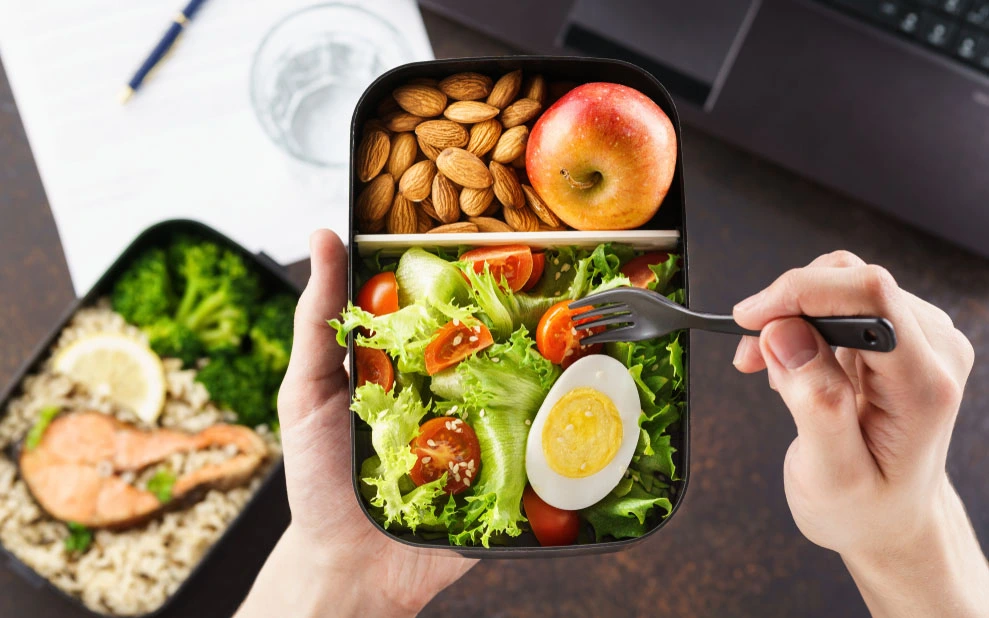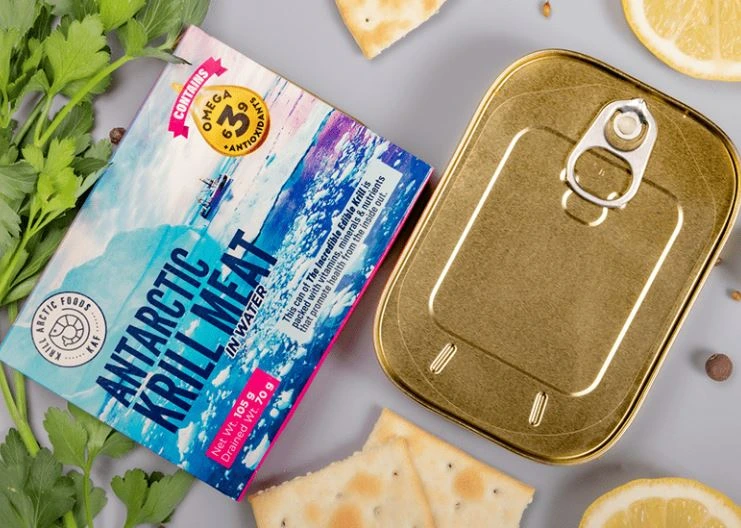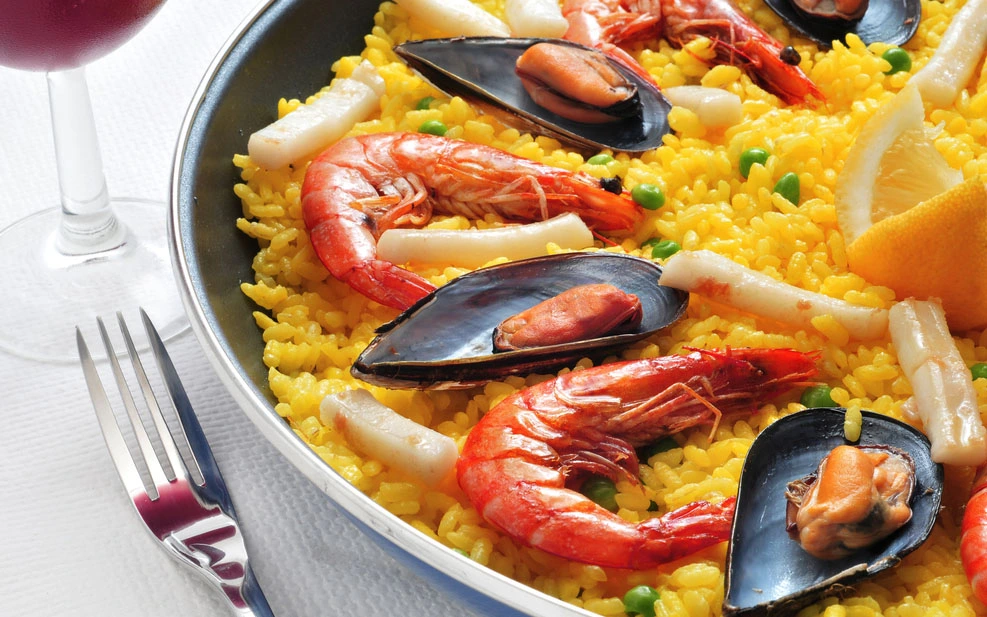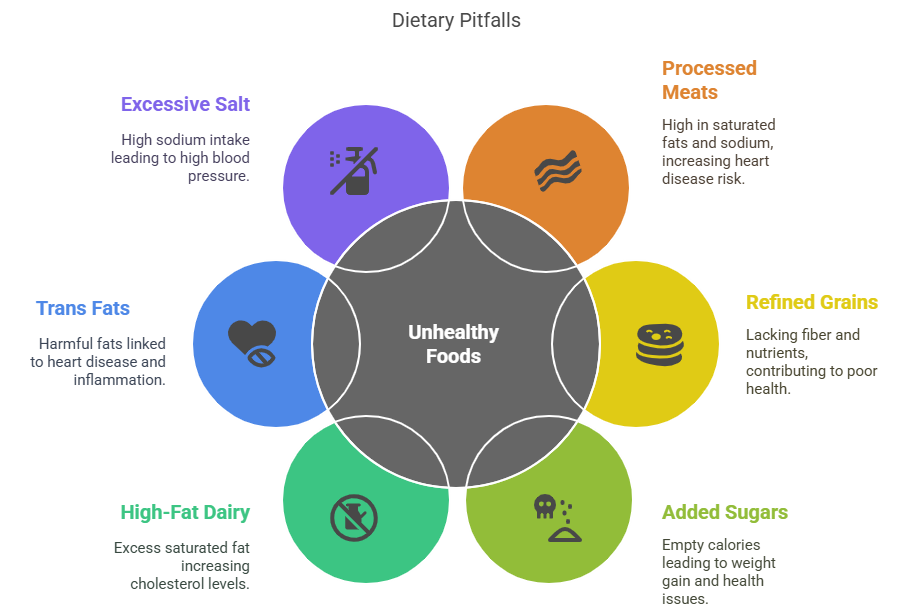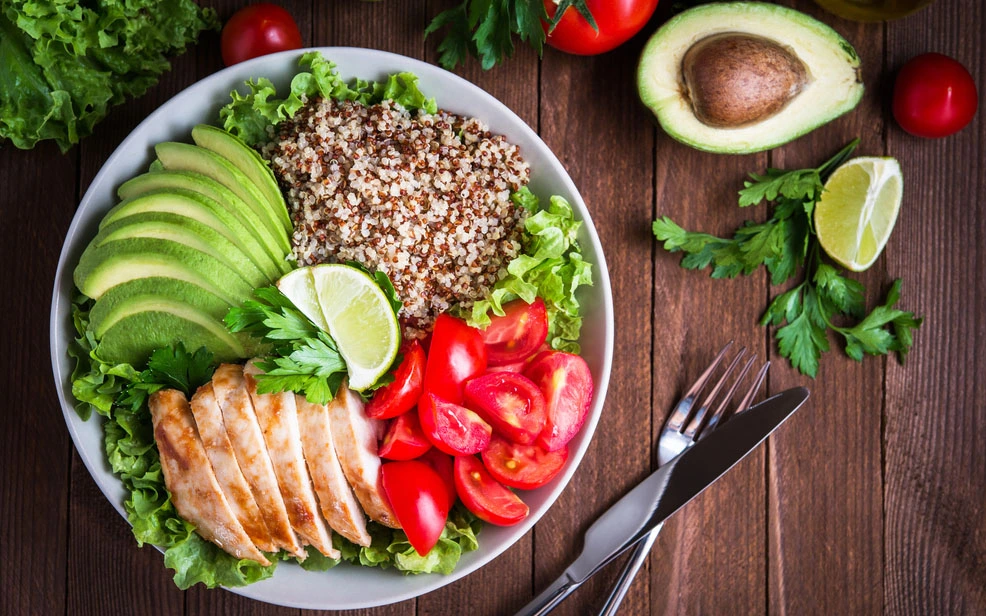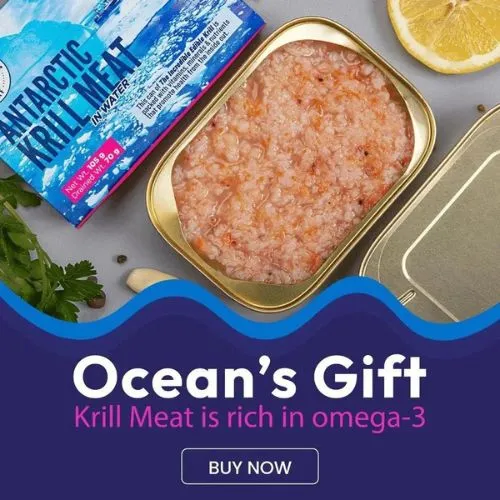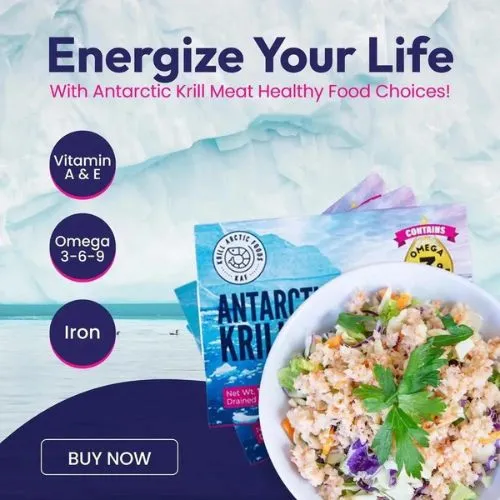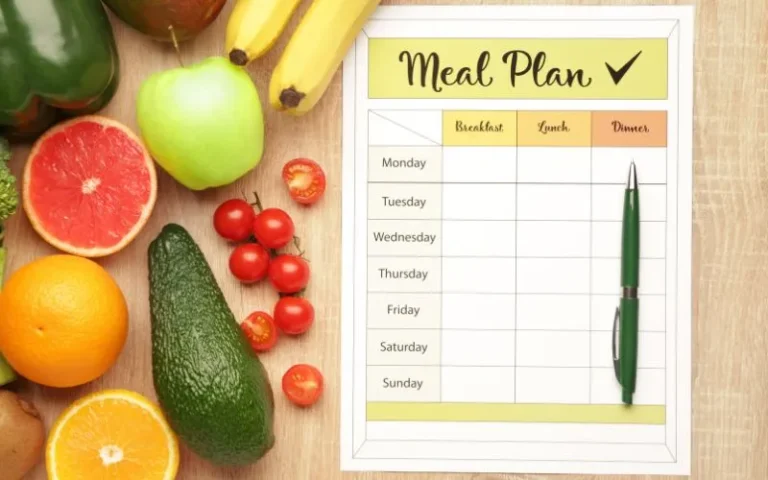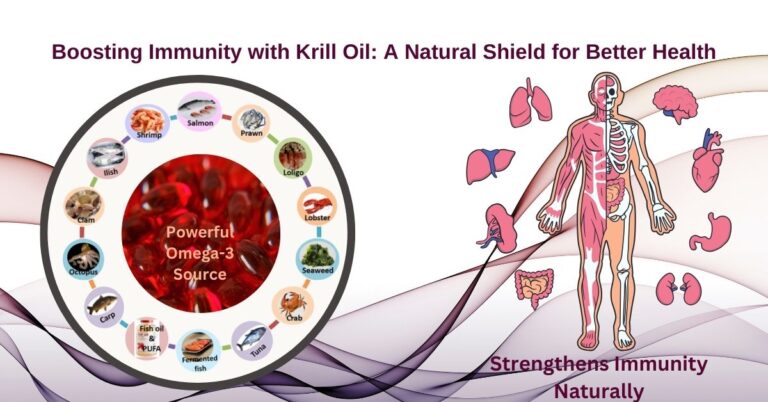In a world flooded with fad diets and quick weight-loss promises, finding a sustainable and healthy eating plan is difficult. The Valencia Diet is a nutritional plan inspired by the vibrant city of Valencia, Spain. This diet merges the heart-healthy principles of the Mediterranean lifestyle with a focus on fresh fruits, vegetables, whole grains, and lean proteins.
Let’s explore why the Valencia Diet is not just another trend but a comprehensive guide to a balanced and healthy lifestyle.
The Essence of the Valencia Diet
The Valencia Diet is more than just a meal plan; it’s a holistic approach to eating that emphasizes the quality of food, balanced nutrition, and the pleasure of eating. Inspired by the Mediterranean way of life, the Valencia diet includes
- Abundant fruits and vegetables: a rainbow on your plate at every meal.
- Whole grains and lean meats, such as krill meat, are used for sustained energy and muscle health.
- Legumes, nuts, and seeds: Your go-to for fiber, protein, and healthy fats.
- Portion control and mindful eating: Savor each bite and listen to your body.
Heart Health and Weight Management
Adopting the Valencia Diet means embracing foods low in saturated fats and high in fibre, which are key to maintaining a healthy heart and managing weight. Studies have consistently shown that a Mediterranean-based diet like Valencia’s is beneficial for:
- Reducing the risk of cardiovascular diseases
- Aiding in weight loss and preventing obesity
Energy Levels and Overall Wellness
By balancing your intake of carbohydrates, proteins, and fats, the Valencia Diet ensures a steady supply of energy throughout the day, avoiding the highs and lows associated with sugar-heavy foods. Additionally, the emphasis on fresh, unprocessed foods can lead to improved mental clarity and physical vitality.
The Mediterranean Influence
The Valencia Diet takes inspiration from the traditional Mediterranean diet, known for its health benefits and emphasis on:
- Fruits and Vegetables: The cornerstone of every meal.
- Healthy Fats: Predominantly from olive oil, avocados, and fish.
- Protein: Mainly from plant sources, with lean meats and fish.
Customization and Flexibility
One of the most appealing aspects of the Valencia Diet is its adaptability to individual tastes and nutritional needs. Whether you’re a meat-lover, vegetarian, or somewhere in between, the diet offers:
- Variety in recipes and meal ideas
- Guidance on portion sizes without strict calorie counting
- Options for all meal times, from breakfast to dinner and snacks in between
What to Eat
- Fruits and Vegetables: Aim for various colors to ensure a wide range of vitamins, minerals, and antioxidants. Include these in all meals and most snacks.
- Whole Grains: To boost your fiber intake, swap out refined grains for their whole counterparts, such as quinoa, brown rice, whole wheat, oats, and barley.
- Lean Proteins: Incorporate lean meats such as poultry and fish, which provide essential amino acids without red meats’ high saturated fat content. Plant-based proteins like legumes, tofu, and tempeh are also excellent choices.
- Healthy Fats: Focus on sources of monounsaturated and polyunsaturated fats, such as olive oil, nuts, seeds, and avocados, which support heart health.
- Dairy: Opt for low-fat or fat-free versions of milk, cheese, and yogurt to enjoy the benefits of dairy without the added saturated fat.
- Herbs and Spices: Use these to flavour meals instead of salt, which can help reduce sodium intake.
Foods to Enjoy Regularly
- Fish and Seafood: Especially those rich in omega-3 fatty acids like salmon, mackerel, and sardines.
- Nuts and Seeds: A handful of unsalted nuts or seeds makes for a healthy snack.
- Legumes: Beans, lentils, and chickpeas are great for adding protein and fiber to salads, soups, and stews.
- Whole Fruits: Snack on whole fruits instead of juices for full fiber benefit.
What to Avoid
- Processed and Red Meats: Foods like bacon, sausages, and processed deli meats are high in saturated fats and sodium.
- Refined Grains: White bread, pasta, and pastries made from refined flour lack the fiber and nutrients in whole grains.
- Added Sugars: Soft drinks, candies, and sweet desserts contribute to calorie intake without providing nutritional value.
- High-Fat Dairy Products: Full-fat milk, cheese, and cream Add excess saturated fat to your diet.
- Trans Fats: Often found in fried foods, baked goods, and some margarine, trans fats can increase the risk of heart disease.
- Excessive Salt: High sodium intake is linked to increased blood pressure and heart disease risk. Be mindful of the salt content in packaged and restaurant foods.
Foods to Limit or Avoid
- Sugary Beverages: Soda, fruit drinks, and sweetened teas can significantly increase sugar intake.
- Alcohol: If consumed, it should be in moderation, recognizing that it can add empty calories and affect liver health.
- Fast Food and Takeout: Often high in calories, fats, and sodium, these options can derail your healthy eating efforts.
Balancing Your Plate
Adopting the Valencia Diet means making mindful choices about what you eat daily. Here’s a simple formula for balancing your plate:
- Half of your plate should be fruits and vegetables.
- One quarter should contain whole grains.
- The remaining quarter should be lean protein sources.
- Add healthy fats and dairy (or dairy alternatives) to round out your meal.
Remember, the Valencia Diet is about more than just individual food choices; it’s about creating a balanced and enjoyable eating pattern that can sustain your health and well-being for the long term. By focusing on nutrient-rich foods and minimizing processed and high-fat options, you can embrace a lifestyle that supports your nutritional needs, preferences, and overall wellness.
Building Your Valencia Diet Meal Plan
Transitioning to the Valencia Diet is easier. Here’s a simple guide to get you started:
Breakfast
- A bowl of Greek yogurt with fresh fruit and a sprinkle of nuts.
- Whole-grain toast with avocado and poached egg.
Lunch and Dinner
- Grilled fish or tofu with a side of quinoa and roasted veggies.
- Lentil salad with tomatoes, cucumbers, and feta cheese dressed with olive oil.
Snacks
- Fresh fruit or vegetable sticks with hummus.
- A handful of nuts or seeds for a quick energy boost.
Key Principles to Remember
- Moderation: It’s all about portion control and balance.
- Whole Foods: Prioritize fresh, unprocessed ingredients.
- Enjoyment of food: Take the time to savor your meals and appreciate the flavors.
Beyond the Plate: The Lifestyle
The Valencia Diet isn’t just about what you eat; it’s about embracing a lifestyle that supports your health and happiness. This includes:
- Regular exercise: Whether walking, swimming, or yoga, find an activity you enjoy.
- Mindful eating: Pay attention to your hunger cues and eat without distractions.
- Stress management: Incorporate practices like meditation or journaling to reduce stress.
Conclusion
Unlike fad diets that come and go, the Valencia Diet offers a sustainable approach to eating and living well. It’s not about restrictions but about making healthy choices that benefit your body and mind. By incorporating the principles of the Valencia Diet into your daily life, you’ll be on your way to a more balanced, nutritious, and enjoyable way of eating.
Remember, before making significant changes to your diet or lifestyle, it’s always best to consult a healthcare professional or dietitian. They can provide personalized advice and guidance based on your unique health conditions and nutritional needs.

